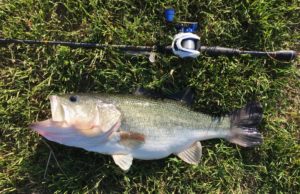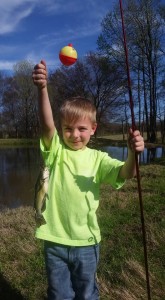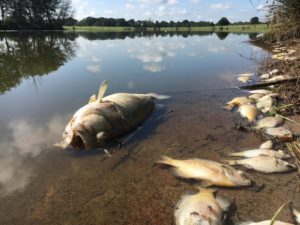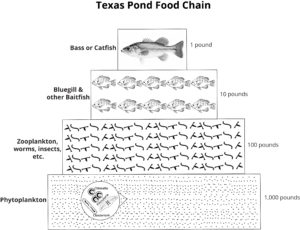Contact: Scott Anderson, 325-646-0386, Scott.Anderson@ag.tamu.edu
BROWNWOOD — The Texas A&M AgriLife Extension Service’s Brown County Range and Brush Program will be held July 8 at the Brown County Fairgrounds, 4206 U.S. Highway 377 S. in Brownwood.
Registration will begin at 2:30 p.m., with the program running from 3-8 p.m. A meal will be provided.
The fee is $35 with preregistration or $45 at the door. Preregistration is requested by July 1 by calling 325-646-0386.
Five Texas Department of Agriculture continuing education units are available for licensed pesticide applicators.
“Brush encroachment continues to be an expensive problem to deal with,” said Scott Anderson, AgriLife Extension agent, Brown County. “It doesn’t take long for weeds and brush to choke out good desirable grasses, forcing a reduction in stocking rates of livestock.
“The wet weather this spring is causing weeds and brush to outgrow our pasture grasses. If left unchecked, these pasture invaders can even make large areas undesirable for some wildlife.”
Speakers and topics include:
- Controlling Invasive Grasses in Pastures – Dr. Bob Lyons, AgriLife Extension rangeland specialist, Uvalde.
- Herbicides for Range/Pastures – Sam Eads, Corteva AgroSciences specialist, Abilene.
- Aquatic Weed Management in Farm Ponds – Brittany Chesser, AgriLife Extension aquatic specialist, College Station.
- New Revisions/Recommendations for Range/Brush – Dr. Morgan Treadwell, AgriLife Extension rangeland specialist, San Angelo.
- Pesticide Laws and Regulations – Anderson.
To preregister and for additional information, contact the AgriLife Extension office at 325-646-0386.
-30-
The post Range, brush program set for July 8 in Brown County appeared first on AgriLife Today.



